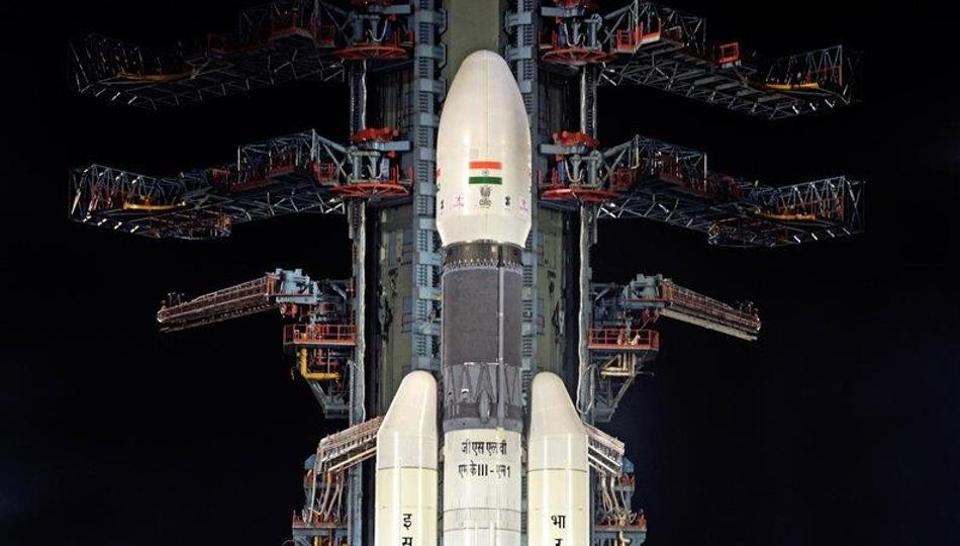New Delhi: Chandrayaan-2, India’s ambitious expedition to the moon’s south pole, made headlines globally even as Vikram, the lander of the mission, lost contact with the orbiter moments before its scheduled soft landing on Saturday. Here’s how the foreign media covered the event.
The New York Times lauded India’s “engineering prowess and decades of space development combined with its global ambitions”.
“While India may not have stuck the landing on its first try, its attempt highlighted how its engineering prowess and decades of space development have combined with its global ambitions,” it said.
“The partial failure of the Chandrayaan-2 mission – an orbiter remains in operation – would delay the country’s bid to join an elite club of nations that have landed in one piece on the moon’s surface,” it added.
American magazine Wired called the Chandrayaan-2 mission India’s “most ambitious” space mission yet.
All is not lost for the mission — said the online edition of Wired on Chandrayaan-2 lander’s “deviation from its expected trajectory”.
“The loss of the Vikram lander and the Pragyan rover it was carrying to the lunar surface would be a big blow for India’s space programme …But all is not lost for the mission,” it reported.
Saying, “India loses contact with its lander as it attempted to land on the moon”, the Washington Post said that the incident could “now set back India’s growing space ambitions, seen as a reflection of the aspirations of its young population”.
“Social media erupted in support of the space agency and its scientists despite the setback… The incident could now set back India’s growing space ambitions, seen as a reflection of the aspirations of its young population”.
“One of the successes of India’s space programme has been its cost effectiveness. Chandrayaan-2 cost $141 million, a small fraction of what the US spent on its historic Apollo moon mission,” the daily said.
CNN reported on the space mission with a headline saying: “India’s historic landing on moon’s polar surface may have failed”.
According to the BBC, the mission made global headlines because it was “so cheap”.
“The budget for Avengers: Endgame, for instance, was more than double at an estimated $356 million. But this isn’t the first time ISRO has been hailed for its thrift. Its 2014 Mars mission cost $74 million, a tenth of the budget for the American Maven orbiter,” it said.
In an article titled — India’s moon landing suffers last-minute communications loss — the Guardian newspaper quoted Mathieu Weiss, a representative in India for France’s space agency CNES, as saying: “India is going where probably the future settlements of humans will be in 20 years, in 50 years, 100 years.”
French daily Le Monde, reporting on the mission, called it “A broken dream” and said that the Indian newspapers “were quick to titrate their websites, after announcing the worse scenario that could expect the Indian Space Research Organization…”
The daily mentioned the success rate of soft landing on the moon, but in percentage. “So far, scientists point out, only 45 per cent of missions aimed at alleviating have been successful,” it said.
In a last stage snag, communications between Vikram lander and the orbiter got snapped as the former was only 2.1 km away from its designated landing spot on the moon’s South Pole, leading to suspense over the fate of Rs 978 crore Chandrayaan-2 mission.
Following the setback, Prime Minister Narendra Modi addressed the scientists of ISRO and inspired them to march on, saying: “You came as close as you could. Stay steady and look ahead.”

